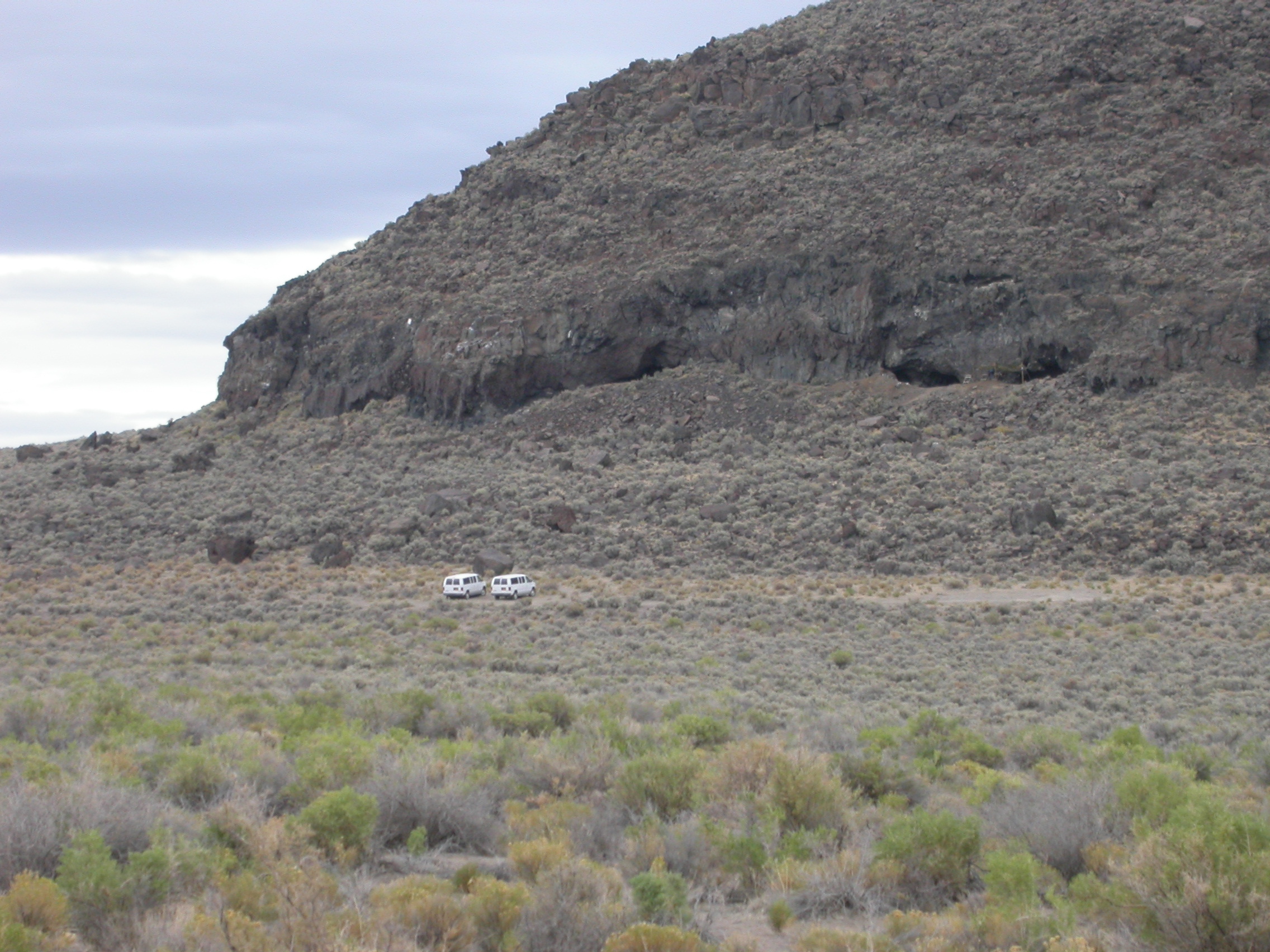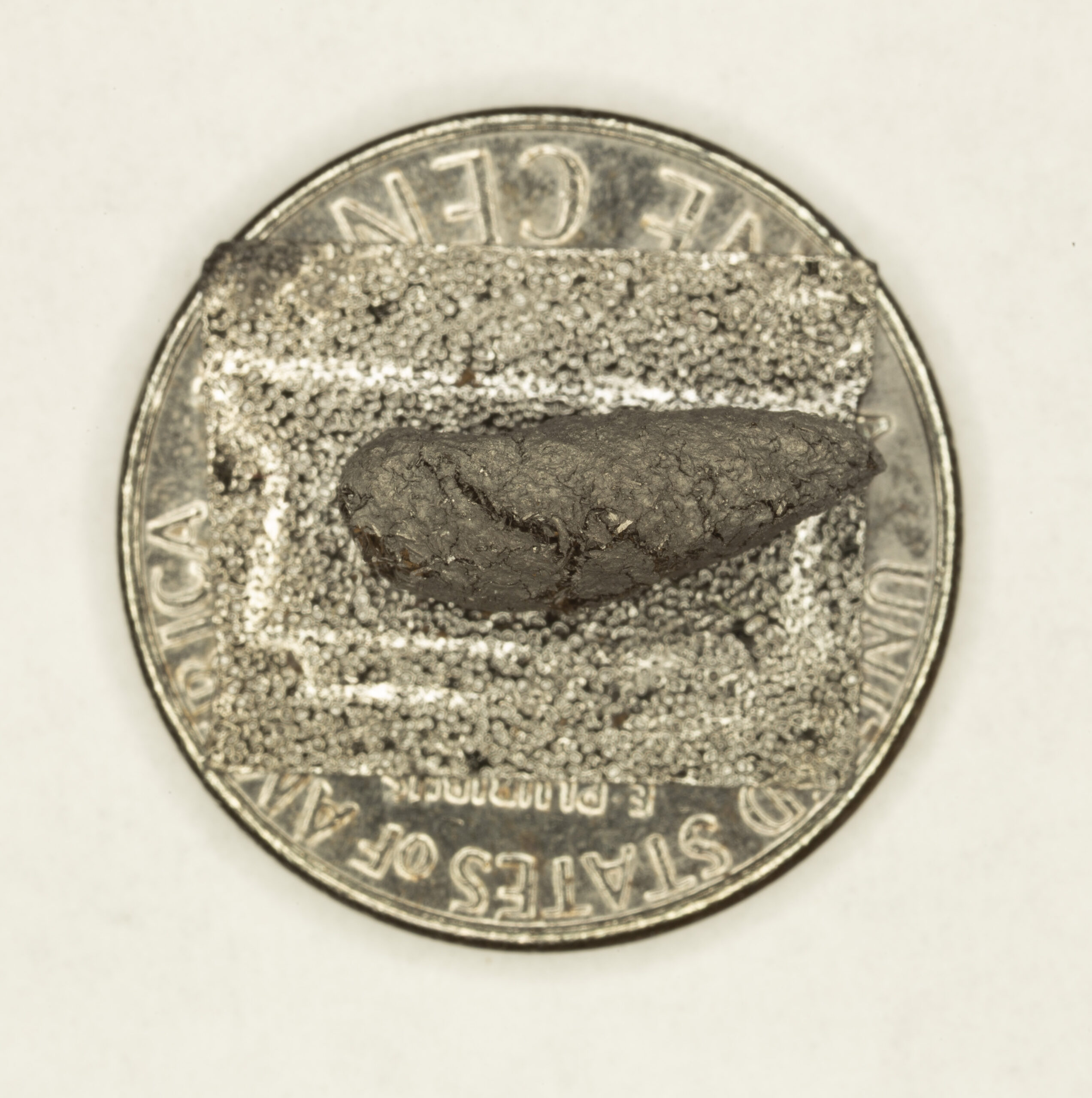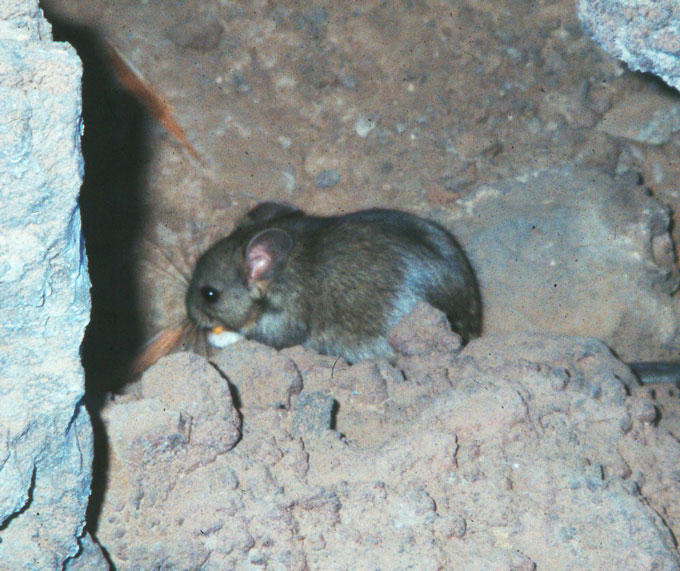Buttons. Old nails. Ancient fishing nets. Sandals, silver spoons, football tickets and old hair pins. It’s quite a collection. But it wasn’t assembled by people. These items were all brought together by rats.
Lots of people dislike rats. They live in sewers. They get in the garbage. They can spread disease. It can be difficult to see their value — other than as an animal model for studying human illness.
But rats have more to share. The contents of their nests can teach archaeologists, historians and the rest of us not only about those rats but also about the people they live among. After all, where people go, rats tend to follow.
Scientists can learn about where people have been and what they did by sifting through what’s been collected by the rats that have shared their environment. The rodent nests can show how a single building gets used over time. Even their buildup of sticks and poo can tell us about the environments in which people lived thousands of years ago.

Home, rat-infested home
Colonial Williamsburg is a popular tourist destination in Virginia. This living-history museum recreates life from the time of the American Revolution in the late 1700s. Many of its buildings were built around then. Historians can study these to learn much about the past.
When the first Europeans came to Virginia, black rats (Rattus rattus) hitched a ride in their ships. They went on to live with the Europeans and often built nests in the walls of people’s homes. Those nests are full of information about early settlers.
One good example comes from Orrell House. A family of rats built a nest behind a staircase in the building. When the rats moved in, they lined their nest with objects from Orrell House’s human residents, notes Matthew Webster. He helps to preserve buildings in Williamsburg for the Colonial Williamsburg Foundation. That rat nest remained hidden from everyone until January 2021. That’s when Webster and his team opened the staircase — and found its trove.

“There were buttons, there were pins — lots of thread,” Webster says. “The Orrell family were tailors.” But the nest’s objects say more about the family than their occupation. They show what specific materials these people used. That’s important, Webster says, because it helps historians find out what the early settlers could make and produce for themselves — and what they had to import from across the ocean.
The best part about rats, Webster says, is that they are homebodies. “These rats tend to range only about 150 feet from their nest,” he explains. That’s a little more than 45 meters. “So you’re getting a snapshot of items that that are fairly close by.” Anything the rats stole was either in the house or very close to it.
Another building, known as the Bray School, had even more rats. Rats in the walls, rats by the chimney, rats in the roof beams. Maureen Elgersman Lee is a historian of African American history at William & Mary, a university in Williamsburg. In 1760, this building became a school for Black children. The teacher, Ann Wager, lived upstairs. The school, which started with 24 students, consisted of two rooms downstairs. Those two classrooms were only 52 square meters (560 square feet) — about the size of a one-bedroom house.
Most of the students were enslaved. The Bray School was supposed to teach them about Christianity. Elgersman Lee explains that the school’s founders “were working to, in fact, strengthen slavery by giving children access first to the Anglican faith.”
Eventually the school moved on to a bigger building. But the rats remained. They stayed as the house became a women’s dormitory for William & Mary. And they stayed as it became a place to study military science. The rats stayed and stole — until the historians found their nests in November 2021.
The rats were “collecting the personal items,” Webster says. These were “things that often travel with people.” Once discarded, they’d be lost to time. There were combs and pins, maybe even hand-written letters. People might have thrown out old football tickets or shoes. But once rats found them, they kept the bounty. Historians are studying the nests now to find out more about the many people who lived in Bray School over the centuries.
These nests have given Elgersman Lee a new appreciation for rodents. “It was fascinating to think that these little creatures are stealing things, and … safeguarding them for us to find later,” she says.

World traveling rats
Rats have been hitching rides on ships for probably as long as people have set sail. Now, by studying modern rat genes, scientists can find out where people went, and when.
This is especially important for periods when people didn’t keep diaries, explains Emily Puckett. She works at the University of Memphis in Tennessee. As a phylogeographer, she studies how a species’ DNA differs across its range. One good example comes from islands in the south Pacific known as Polynesia. People first arrived in this area some 3,000 years ago.
Reaching these islands took long trips by boat. And any long trip needs snacks. Since there were no handy gas stations along the way to grab some goodies, ancient seafarers brought live rats to munch on. This was the Pacific rat, or Rattus exulans. Rats that survived the journey went on — with the people — to spread and populate island after island.
By analyzing the rat’s genetics, scientists have been able to figure out when people arrived where. Rats — and people — first showed up in Tonga, then Samoa. Afterward, they spread to the Society Islands, and finally to Easter Island and Hawaii.

Here’s how they learned that. In rats, DNA — the instruction manual of their cells — ”really tells a story about the people,” says Puckett. As a species reproduces, successive groups of its offspring will get new and different tiny, random changes to their DNA. Most of these changes won’t change anything for the rat. But Puckett can find and track these DNA changes to show where populations of rats descended from, over time.
Another species — the brown rat, or Rattus norvegicus — can help tell a larger story about how people spread around the globe, Puckett finds.
Brown rats are the standard New York City sewer rat. But they’re not native New Yorkers. Today they’re found around the world. But they originally hailed from Eastern China and Mongolia. From there, Puckett’s DNA samples have shown that the brown rat spread south and east, to India. Another group spread through China and Russia. Still other rats spread west, eventually hitting Europe and Africa. From Europe, colonists took them to North and South America — and almost everywhere else.
Rats could even tell historians about how big a city was, says David Orton. He’s a zooarchaeologist at the University of York in England. There, he studies animals that lived with ancient humans. Usually, when historians find remains of an ancient city, they want to dig and find more. “The trouble is that most of the time, the ancient cities tend to be underneath modern cities,” Orton says. “And you can’t just go and dig the whole thing up.” People don’t want to leave their homes — no matter how much history might be buried below them.
But you can follow the rats. Rats are “very dependent on humans for their food supplies and for their shelter,” he explains. To move from place to place, rats need people transporting food and other goods. Only ancient cities big enough to have many connections to other sites would have been able to support populations of rats. So finding ancient rat bones in the ruins of a town offers a clue to how big the city must have been to support them. The DNA in rat bones also could help determine where the rats came from — and which cities might have been linked.
Puckett and Orton are working to find the exact connection between city size and rat inhabitants. That might point to the best spots to look for past cities, Puckett explains. The two published their plans in 2020 in the journal BioEssays. Their work could save historians a lot of digging — and modern people a lot of moving.
Hoarding history

In central Oregon, desert surrounds the Paisley 5 Mile Point Caves. It’s not a place that many humans would like to live now. But between 14,000 and 7,000 years ago, some of the earliest Americans made their home in these caves. How do we know? The pack rats.
Also called woodrats, pack rats — in the genus Neotoma — are true to their name. They’ll steal anything, says Dennis Jenkins. He’s an archaeologist at the University of Oregon in Eugene. “We have to pick up all of our tools each day and take them out of the cave.” If they don’t, foraging pack rats will make off with them during the night.
Pack rats store their loot in middens. These are large nests the rats build out of wood, leaves, dirt, rat poop and pee. A group of pack rats can inhabit the same cave — and the same midden — for thousands of years. Over time, the midden grows and grows. All the materials added to it give scientists a picture of how the area around the cave has changed with time.
Jenkins is part of a team that analyzed poop in the Paisley rat middens. These researchers found bits of plant pollen from thousands of years ago. They then compared the pollen in the old feces to pollen in the cave soil nearby.
The land around the Paisley caves has always been dry, that analysis showed. But the pollen indicated that at some times there were more plants than others. The scientists also found evidence of Ponderosa pine shells. Ponderosa pines don’t grow around the caves. Nor did the midden have any pine needles. That might mean, Jenkins says, that people were bringing pine nuts to the caves — and the rats stole some.
“By making off with some of the food that the Native Americans were eating, [the rats] have given us a good idea of what the [human] diet was like at that particular time,” Jenkins explains. His group shared its findings in 2020 in the journal Palynology.
The rats also stole bits of woven baskets, cord, sandals and fishing nets. These items might normally break down over time. But they remained well preserved inside the dry cave middens. As a result, Jenkins says, “Those nests are treasures.”
Tar pit treasures
Rancho La Brea, in Los Angeles, Calif., hosts another of these treasures. La Brea is Spanish for “tar pits.” But that term is a misnomer, says Alexis Mychajliw of Middlebury College in Vermont. “We actually call them asphalt seeps,” she says of these sites. “It’s just sticky dirt.” The modern pits are full of bubbling black liquid.
That sticky dirt trapped animals long ago, leaving their bones in the pits. Because it’s so thick, asphalt moves slowly. It mixes up the bones of animals into giant skeleton puzzles. It should also squish anything softer than this tarry substance. Rat poop, for example, shouldn’t be there. Yet scientists kept finding rat poop.

As a paleoecologist, Mychajliw studies the relationships between ancient organisms. Scientists at La Brea “had been finding these little poops while they were digging,” she notes. “They assumed that it was like a brown rat, or black rat going in there and pooping.” But when Mychajliw saw the feces, she recognized they were special.
“I have my own rats,” she explains. Hers are modern brown rats. And she knows what their poop looks like. The La Brea poop was the wrong size. It had to belong to a different species — a pack rat.
Mychajliw had the poop radiocarbon dated. This method compares two different forms of carbon in material from something that was once living. The balance between the two isotopes of carbon can tell scientists the age of the object. This poop wasn’t new, Mychajliw learned. It was 50,000 years old!
In one area of Rancho La Brea, her team showed that the asphalt moved little. It was just seeping up and into a pack rat midden. The sticky stuff perfectly preserved the midden’s contents — rat poop and all. Look at those feces with a scanning electron microscope, she says, and “you can literally see the plants inside the poop.” Those plants offer clues to the Los Angeles environment 50,000 years ago. And that makes them very valuable, she explains: “They represent a time period that we don’t have a record for.”

If the plants in the poop are any indication, Los Angeles was about 4 degrees Celsius (7.2 degrees Fahrenheit) colder back then than scientists had thought. Mychajliw and her colleagues shared this finding in 2020 in the journal Scientific Reports.
Pack rats still live around La Brea, although the midden that sank into the seep obviously doesn’t have current tenants. The midden inside the Paisley 5 Mile Point Caves, though, still has plenty of rats. And they’re still stealing, Jenkins says.
In 2003, one of his students was eating an apple. That student was in a pit dug down almost a meter (three feet) into the floor of the cave. He would take notes, and then reach up to the edge of his pit to grab his fruit for another bite. The last time he reached up for the apple, it was gone. The student quickly hauled himself out of the pit to see a pack rat making off toward the back of the cave with his snack.
A few thousand years from now, archaeologists of the future may find the last of that apple. Using it and other stolen snacks, they might be able to learn what scientists such as Jenkins and his students were up to — even if their published papers are long gone. And the scientists of the future will know who to thank. The rats.



